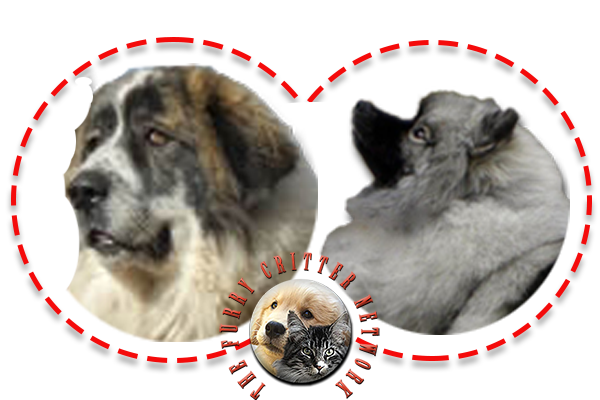Behavior
keeshond tend to be very playful, with quick reflexes and strong jumping ability. They are thoughtful, eager to please and very quick learners, which means they are also quick to learn things their humans did not intend to teach them. However, keeshond make excellent agility and obedience dogs. In fact, so amenable to proper training is this bright, sturdy dog that they have been successfully trained to serve as guide dogs for the blind; only their lack of size has prevented them from being more widely used in this role.
They love children and are excellent family dogs, preferring to be close to their humans whenever possible. They generally get along with other dogs as well and will enjoy a good chase around the yard. keeshond are very intuitive and empathetic and are often used as comfort dogs. Most notably, at least one Keeshond, Tikva, was at Ground Zero following the September 11 attacks to help comfort the rescue workers. The breed has a tendency to become especially clingy towards their owners, more so than most other breeds. If their owner is out, or in another room behind a closed door, they may sit, waiting for their owner to reappear, even if there are other people nearby. Many have been referred to as their "owner's shadow", or "velcro dogs".
They are known by their loud, distinctive bark. Throughout the centuries, the Keeshond has been very popular as a watch dog on barges on canals in the Netherlands and middle Europe. This trait is evident to this day, and they are alert dogs that warn their owners of any new visitors. Although loud and alert, keeshond are not aggressive towards visitors. They generally welcome visitors affectionately once their family has accepted them. Unfortunately, barking may become a problem if not properly handled. keeshond that are kept in a yard, and not allowed to be with their humans, are unhappy and often become nuisance barkers.
They will be okay in an apartment although they should at least have an average-sized yard. Keeshond prefer cool climates; they cannot withstand the heat well due to their thick coats. Daily brushing of the long coat with a stiff bristle brush is important.
Health
Keeshond are generally a very healthy breed. Though congenital health issues are not common, the conditions which have been known to sometimes occur in keeshond are hip dysplasia, luxating patellas (trick knee), epilepsy, Cushing's disease, diabetes, primary hyperparathyroidism, and hypothyroidism. Von Willebrand's disease has been known in Keeshond but is very rare. An accurate test for the gene causing primary hyperparathyroidism (or PHPT) has recently been developed at Cornell University. As with any breed, it is important when buying a puppy to make sure that both parents have been tested and certified free from inherited problems. Test results may be obtained from the breeder, and directly from the Orthopaedic Foundation For Animals site.






